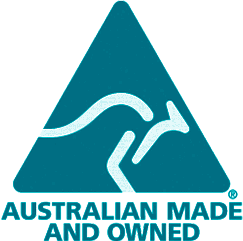Short answer: Keep them FULL.
Long answer: Maintaining a full fresh water tank is recommended for several crucial reasons. Firstly, the idea of draining tanks to prevent water from becoming contaminated with bacteria is not foolproof. Even when drained, residual moisture tends to linger.
Tank structures often incorporate reinforced ribs that can retain water, while pipework can have low points that trap moisture. The water pumps' diaphragms will also retain water, which is necessary to prevent the pump seal from drying out. So having said that, you will never dry the system out completely, leaving multiple areas for contamination to occur.
Additionally, the hot water system within your RV invariably holds water. (Please refer to the footnote regarding the potential presence of Hydrogen Gas in hot water systems.)
Filling your tank with a B.E.S.T. RV Water Filter will assist in controlling bacterial growth. If you fill your tank with out a filter or with a domestic household filter, it will be necessary to introduce a sanitiser to prevent water spoilage. The chlorine in tap water is insufficient in preserving water quality or preventing bacterial growth as the chlorine will turn to a gas and release from the water, leaving your stored water un-protected.
It is essential to recognise that your RV's water tank differs from a household rainwater tank, which benefits from sunlight exposure, airflow, and consistent usage to maintain freshness. Your RV tank remains in complete darkness, has little to no airflow, and can sit unused for extended periods. Water authorities rigorously test drinking water for e.Coli bacteria, and the contamination risk increases with water stored in RV water tanks. Some online advice suggests that blocking the UV exposure will prevent bacteria growth (e.Coli), but such comments often overlook the realities. e.g. septic tanks - where the bacterial growth is exponential in the dark enclosed tank environments. Likewise for an RV tank. Bacteria are neither male nor female and can self- reproduce, hence with one live bacteria in your fresh water tank, could make your water quite contaminated by the time you are ready to hit the road again.
A recommended practice during storage is to periodically run your RV appliance systems. Activate the refrigerator, heater, water pump, and any other applicable components. For your water, if an external tap outlet is present on your RV, run a hose from it through the B.E.S.T. RV Inline Water Filter and back into your tanks, effectively "re-circulating" to refresh the water and maintain pump functionality, all without water loss. This procedure also serves to flush your hoses, keeping them fresh as well.
Please note: A hot water system can still generate flammable Hydrogen Gas, even when not in use. Safely dissipate this gas by gently opening the hot taps whilst ensuring there is no naked flames from gas hotplate, etc in close proximity. A useful tip when in storage is to consider keeping your pump turned off and hot water taps on/open.
IMPORTANT: PRIOR TO STORAGE, ALWAYS EMPTY YOUR GREY AND BLACK WATER TANKS.

